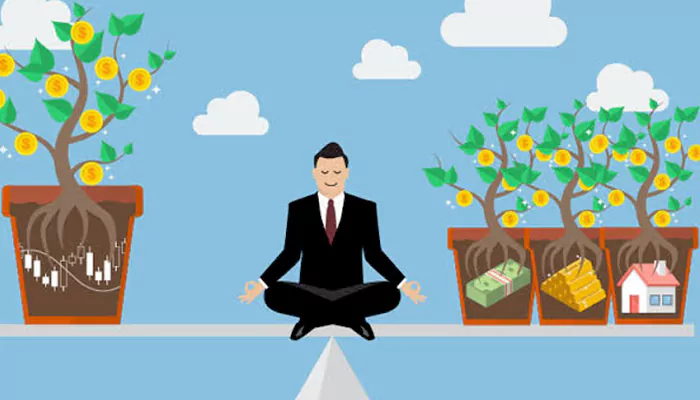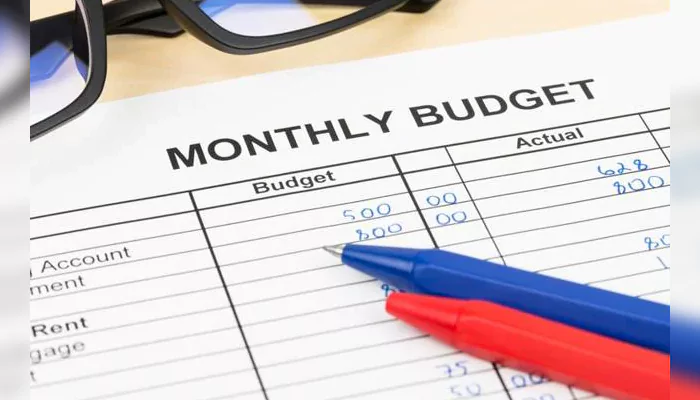"Bloodbath On Dalal Street" On Monday: Tracing The Biggest Crashes In Indian Stock Market
- Sayan Paul
- 1 year ago
- 4 minutes read

According to a report, Indian investors lost an estimated Rs 10 lakh crore on Monday, following a major crash in the stock market.
The stock market is extremely volatile, and as they say, "anything can happen anytime". After a bullish run for the past few weeks, the Indian stock market crashed severely on Monday, with Sensex (opened at 78,588.19 and soon dropped to 78,580.46), and Nifty 50 (opened at 24,302 and soon fell to 24,192.50) falling over 3% each in the early trade. At the time of writing this, the Sensex stands at 78,510.74, while the Nifty 50 is at 23,997.60.
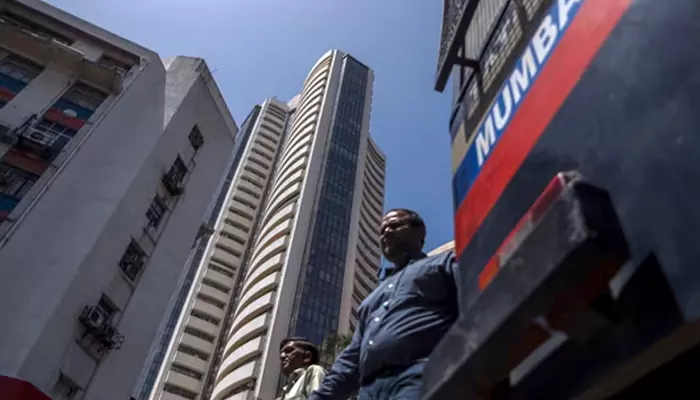
It is a black day for the Indian stock market, owing to factors like the US recession fears, the ongoing geopolitical tensions in the Middle East, and stretched valuation among others. And according to many experts, this condition is likely to persist for the next few days!
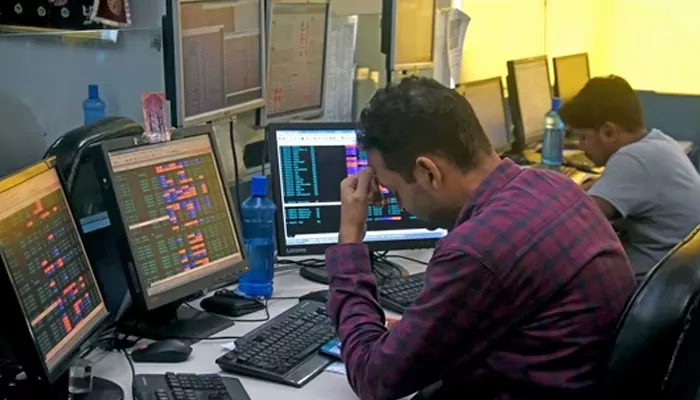
However, if you are an investor, please note that there's no need to panic! The Indian stock market has faced several major crashes over the years - but every time, it turned around after a certain point, and grew again. In this article, let's have a look at the biggest stock market crashes in India's history.
1992 - The Harshad Mehta Scam
One of the biggest crashes in the Indian stock market took place in April 1992 right after the ₹5000 crore Harshad Mehta scam came to light. The Sensex fell over 12% on April 29, with investors withdrawing over INR 35 billion on that day. The market, which had been on a bullish run for the past few months, dropped over 40% in the next four months. And what's worse is that the after-effects were visible in the form of a bear market for the next 2 years.
The market began to recover in the late 1994.
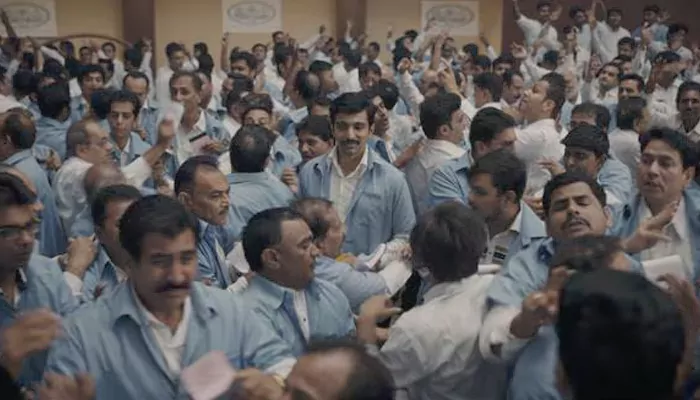
A still from Hansal Mehta’s web series, ‘Scam 1992: The Harshad Mehta Story’
2008 - The US Financial Crisis
The US experienced a major financial crisis in 2008. There was a drop in the overall interest rates in the US, a change in global investor confidence, instability in the commodity markets, and a severe economic slowdown globally - all of these affected the Indian stock market severely!
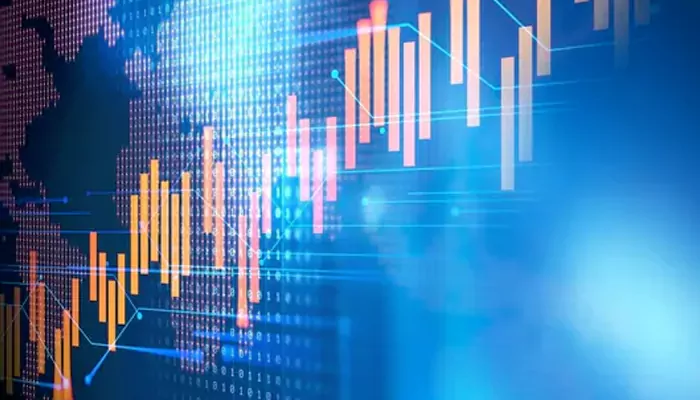
On January 21, 2008, the Sensex dropped by 1,408 points to 17,605 - one of the worst ever in history (hence referred to as "Black Monday"). On the next day, it fell again and saw its biggest intra-day fall - 15,332, down 2,273 points.
By the end of the year, the Sensex stood at around 9716. It started recovering within a couple of years - thanks to several measures taken by the government and the Reserve Bank of India. By September 2010, it again crossed the 20,000 mark.
2020 - The Covid-19 Pandemic
The biggest crash in the stock market (globally) in recent times took place in 2020 due to the Covid-19 pandemic. Speaking about the Indian market, the first signs of the crash began showing on February 1, 2020, when Sensex fell by more than 2% and Nifty by over 3%. On February 28, as WHO declared the virus as a pandemic, Sensex lost 1,448 points and Nifty fell by 432 points - and both continued falling for the next five days.
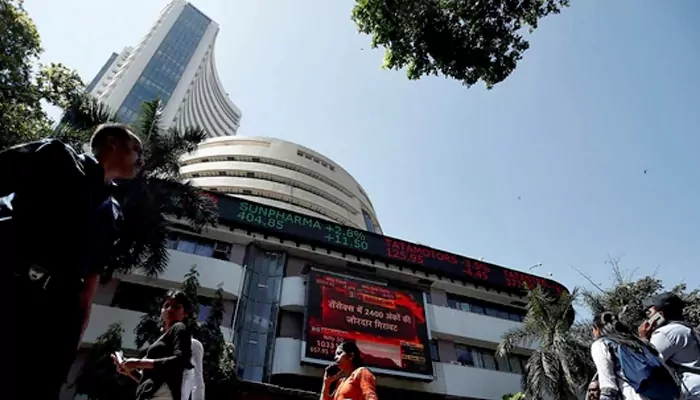
On March 23, 2020, the Sensex and Nifty experienced one of their biggest falls, wiping out an estimated amount of ₹13.95 lakh crore of the investors. However, it started recovering by the end of March and grew again when things came under control.
India experienced its first-ever stock market crash back in 1865 when Gujarati and Parsi traders used to mutually trade stocks of Indian companies at the corner of Meadows Street and Rampart Row. The Bombay Stock Exchange was founded in 1875 as the first established stock exchange in Asia. Since then, the market has come a long way, experiencing both ups and downs through the years! Besides the above-mentioned crashes, some others took place in 1982, 2000, 2015, and 2016.

